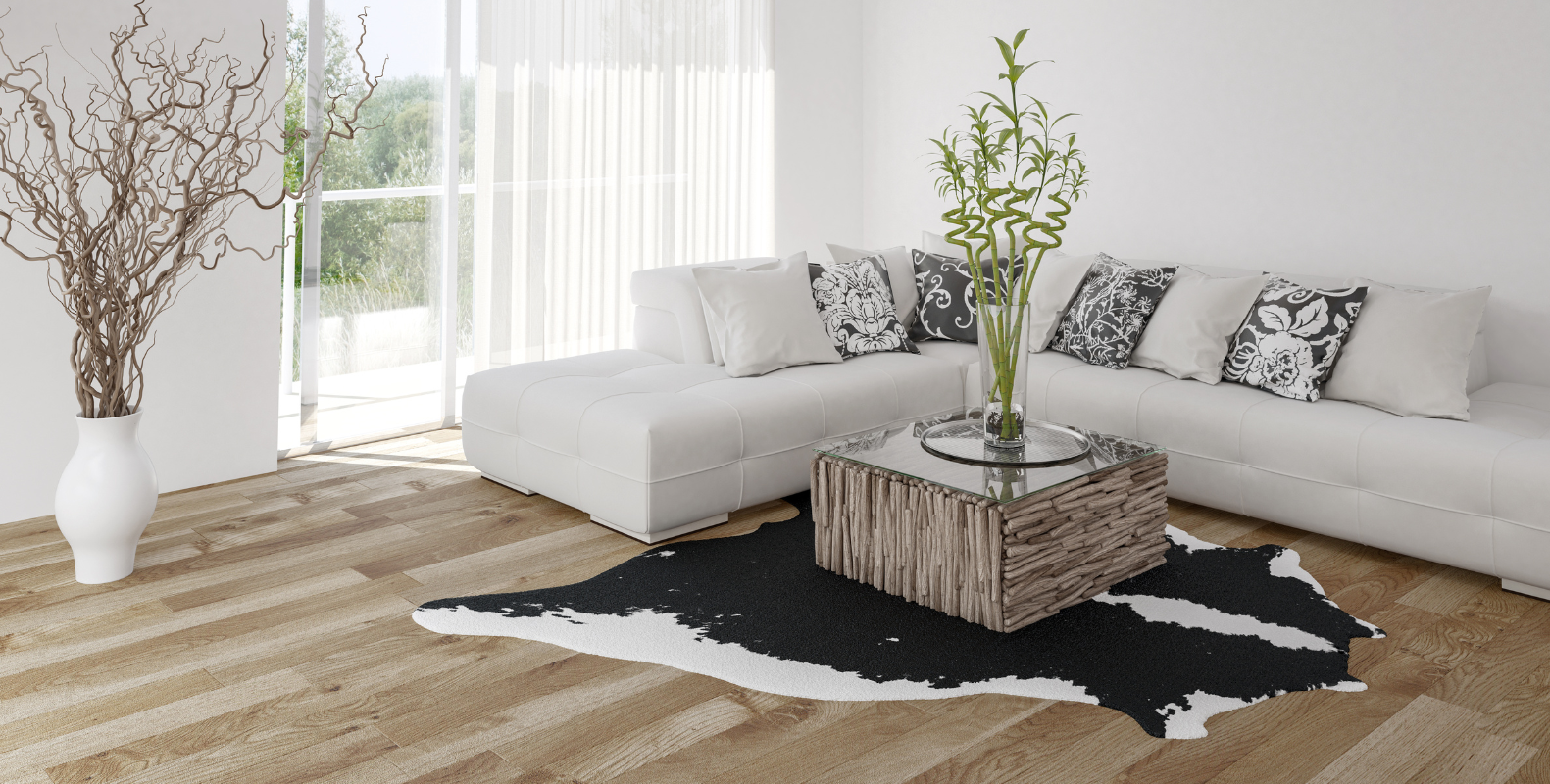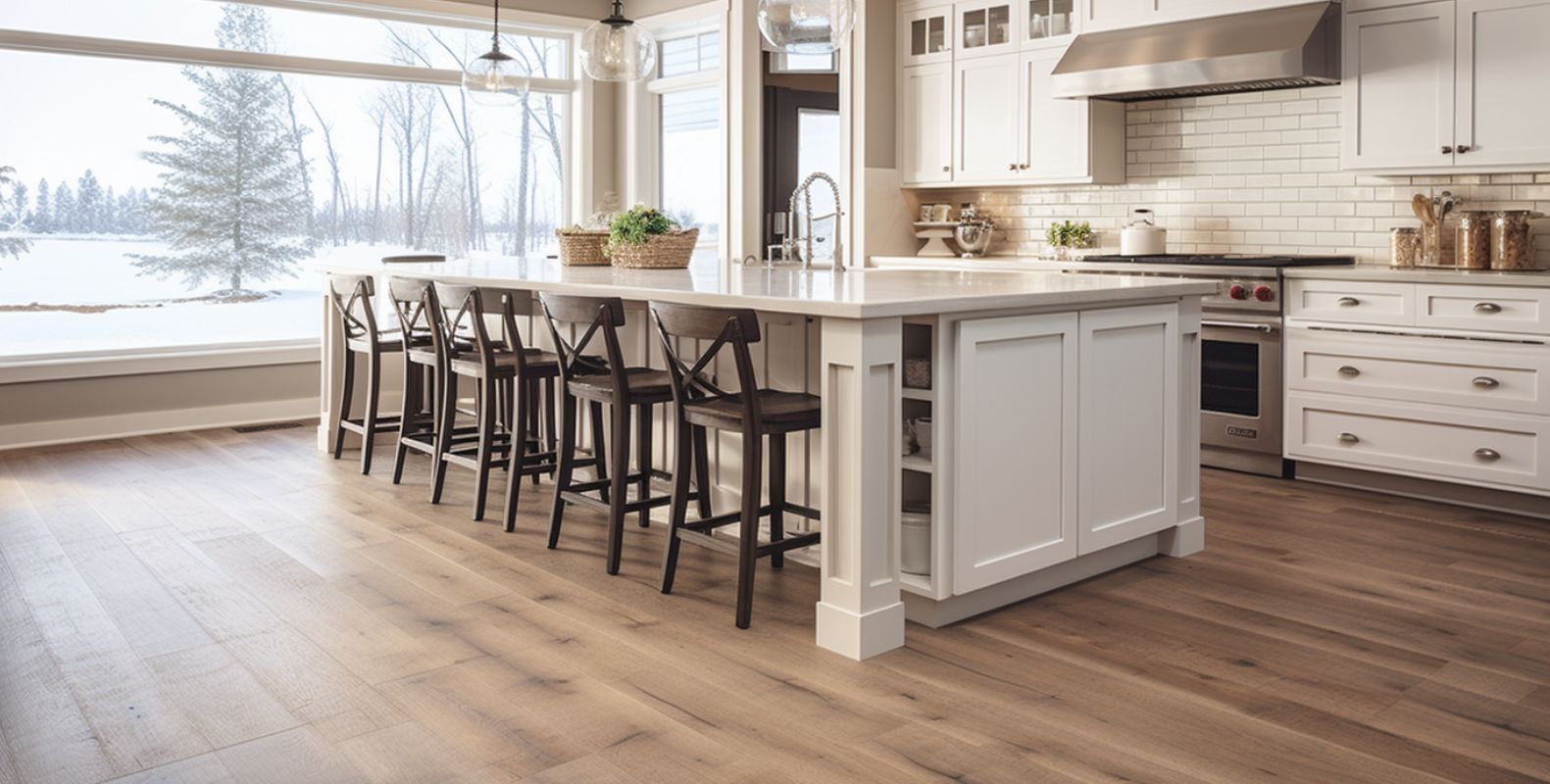Why Hiring Professional Laminate Floor Cleaning Services is Essential
TL;DR: Laminate flooring’s popularity stems from its aesthetics, durability, and affordability. Regular maintenance, including DIY cleaning and occasional professional services, preserves its look and lifespan. Professional cleaning ensures deep cleaning and protection. Avoid common misconceptions like neglecting laminate’s maintenance needs or using excessive water for cleaning. Higher Standard offers expert laminate floor cleaning for effective maintenance and longevity.
Laminate flooring has gained significant popularity among homeowners in recent years. Due to its aesthetic appeal, durability, and affordability, its demand has significantly increased. Laminate floors are a cost-effective alternative without compromising on style by mimicking stone flooring and the appearance of hardwood.
Composed of multiple layers of expertly fused synthetic materials, this type of flooring not only provides a visually pleasing option but also ensures functionality and longevity. With its numerous advantages, laminate flooring has become a go-to choice for many people.
Laminate floors are relatively easy to maintain but do require regular maintenance of their appearance and longevity. By following these tips for upkeep and investing in professional laminate floor cleaning services at least once or twice a year, you can ensure your floors’ long-lasting beauty and durability.
Importance of Regular Maintenance for Laminate Floors
While laminate floors are widely recognized for their exceptional durability, it is important to note that they still necessitate consistent and diligent maintenance to preserve their pristine appearance.
Engaging in regular cleaning and maintenance practices not only serves to enhance the overall aesthetic appeal of your floors but also significantly extends their lifespan. By diligently removing any accumulated dirt, dust, and debris, you effectively mitigate the risk of unsightly scratches or potential damage to the surface of your laminate flooring.
Furthermore, implementing routine maintenance measures plays a crucial role in upholding the integrity of the protective layer that safeguards the laminate, effectively preventing it from succumbing to wear and tear over time.
DIY Laminate Floor Cleaning Tips
If you have laminate floors in your home, you can take a few simple steps to keep them clean and well-maintained. Remove loose dirt particles by sweeping or vacuuming the surface.
It’s helpful in protecting the surface from any scratches or damage. Make sure you use a soft-bristle broom for sweeping or a vacuum cleaner with a hardwood floor attachment for vacuuming to ensure that you are not causing any damage to the laminate flooring in your home.
For regular cleaning, use a mop or a microfiber cloth and a mild cleaning solution. It’s recommended to use those designed specifically for laminate floors. This will remove dirt or stains that may have accumulated over time.
It is always best to follow the manufacturer’s guidelines for cleaning products and techniques to ensure you use the most suitable methods for your specific laminate flooring.
Limitations of DIY Cleaning Methods
While DIY cleaning methods can certainly assist in maintaining the cleanliness of your laminate floors, it is important to acknowledge their limitations. Even though DIY can be effective to some extent, it may not always provide the desired results when removing stubborn stains or deep-seated dirt.
It is crucial to exercise caution and avoid improper cleaning techniques, such as using excessive water or harsh chemicals, as these can potentially cause irreversible damage to your floors.
Significant time and effort is spent on DIY cleaning methods, which may not be feasible for everyone due to various constraints and commitments.
What to Look for in a Professional Laminate Floor Cleaning Company
When it comes to selecting a professional laminate floor cleaning company, several crucial factors should be considered. First and foremost, try picking a company with a proven track record and enough positive customer reviews to leave a good impression.
These reviews serve as a testament to their reliability and indicate the high quality of their services. It is of utmost importance to ensure that the company is fully licensed and insured, as this gives you the peace of mind you deserve in the event of any unforeseen issues.
It is also highly recommended that you inquire about the specific cleaning products and techniques that the company employs. Ideally, they should utilize eco-friendly products that are not only effective but also safe for both your family and pets, ensuring a healthy and clean living environment for all.
The Process of Professional Laminate Floor Cleaning
Professional cleaning technicians typically use several steps to ensure they provide you with the best results.
Inspection
Firstly, the experts will meticulously inspect your floors, carefully assessing their condition and identifying any specific cleaning needs. When they examine the place, they can customize their approach and address any particular issues that may be present.
Deep Cleaning
Once the assessment is complete, specialized equipment, such as rotary machines or steam cleaners, will be utilized to deep clean the floors. These powerful tools effectively remove dirt, stains, and scratches that may have accumulated over time, restoring the floors to their original luster.
Protective Coating
Usually, as the last step, professionals will apply a protective coating or sealant to protect your floors from future damage and prolong their lifespan. The additional layer is used as a shield to safeguard the floors against harmful debris.
The experts will then provide personalized recommendations for ongoing maintenance, ensuring that your laminate floors remain in optimal condition for years.
Common Misconceptions About Laminate Floor Cleaning
Several misconceptions about laminate floor cleaning can lead to improper care and maintenance. One common misconception is that laminate floors do not require any particular cleaning. While the truth is that they are relatively easy to clean, they still need regular maintenance to preserve their appearance and longevity.
It is important to understand that laminate floors, although low-maintenance, still need proper care to ensure their durability and aesthetic appeal over time. Another misconception is that excessive water is safe for laminate floors. However, this is not the case.
Too much water can cause damage to the flooring by seeping into the seams and compromising its integrity. Therefore, it is essential to exercise caution and use minimal water when cleaning laminate floors. It is also essential to promptly wipe up any spills or excess moisture to prevent any potential harm.
Final Words
Regular maintenance and professional laminate floor cleaning services are crucial for your floors’ long-lasting beauty and durability. Investing in professional cleaning ensures that your laminate floors remain clean and well-maintained.
A reputable and experienced company offers peace of mind by using safe and effective cleaning products and techniques. Laminate floors continue to shine and retain their luster through proper care and maintenance.
Higher Standard is an expert cleaning company that always makes sure that your home is provided with thorough cleaning and care. Our team of experts is ready to offer you exceptional service and ensure that your floors receive the attention they deserve.
Don’t hesitate to contact our professional laminate floor cleaning services today to schedule an appointment and experience the numerous benefits of expert care for your floors.



